Since the frequency of the modulated signal is significantly lower than that of the carrier signal, the modulated signal remains relatively constant over several cycles of the carrier. This allows us to treat it as a steady value during this time. In such cases, the amplitude-modulated signal (us) and the carrier signal (uc or Uc) are considered to be at the same frequency. When the modulation signal is positive, us and uc (or Uc) are in phase; when it's negative, they are out of phase. To determine the phase relationship between the signals, a phase-sensitive detection circuit is essential. Such a circuit not only receives the amplitude-modulated signal but also requires a reference signal (uc or Uc) of the same frequency. The output voltage from the phase-sensitive detector indicates whether the input signal is in phase or out of phase with the reference. A positive output means the input signal is in phase with the reference, indicating a positive modulation signal, while a negative output suggests an inverted phase, corresponding to a negative modulation signal. Three different phase-sensitive detection circuits were simulated using Multisim, and the results were analyzed.
1. Simulation Experiment 1.1, Scheme OneThe additive phase-sensitive detection simulation circuit is shown in Figure 1. It uses ideal components, with the amplitude-modulated signal (us) input through transformer T1 and the reference signal (uc) through transformer T2. The reference signal has a much larger amplitude than the modulated signal. The output is a low-frequency signal, which is filtered by a capacitor to extract the demodulated signal. The simulation results are presented in Figure 2. Figure 2(a) shows the operation when us and uc are in phase, and Figure 2(b) when they are out of phase.
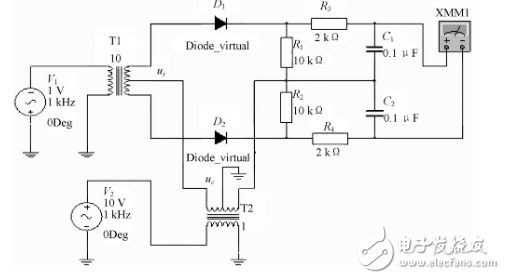
Figure 1 Additive half-wave phase-sensitive detection simulation circuit
1.2, Program TwoThe switching full-wave phase-sensitive detection simulation circuit is illustrated in Figure 3. It uses real components, where the reference signal (uc) is shaped into a square wave. During the half-cycle when uc is “1â€, the analog switch is on with a gain of -1, and during the “0†half-cycle, it is off with a gain of +1. The waveform of the circuit is shown in Figure 4. In Figure 4(a), us and uc are in phase, while in Figure 4(b), they are out of phase.
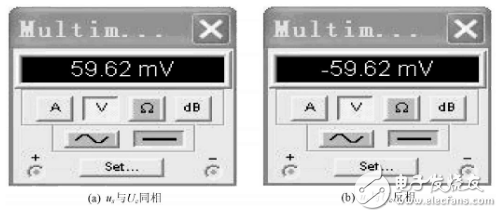
Figure 2 Simulation operation result of phase-added phase sensitive detection circuit
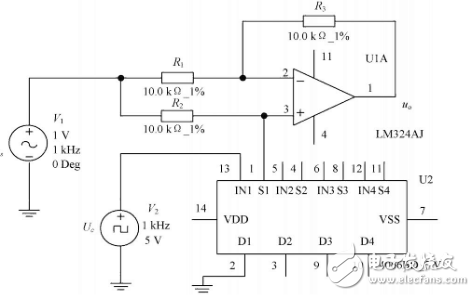
Figure 3 Switching full-wave phase-sensitive detection simulation circuit
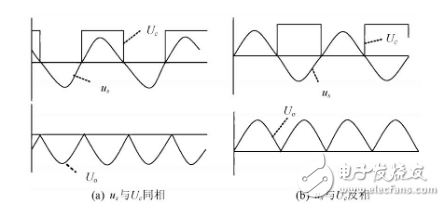
Figure 4 Switching full-wave phase-sensitive detection circuit simulation running waveform
1.3, Program ThreeThe circuit in Figure 5 can detect whether one signal leads or lags another, with the output voltage reflecting the phase difference. A1 and A2 are zero-crossing comparators that convert the input signals into rectangular waves with the same phase difference. These are then processed by an XOR gate and a low-pass filter to generate a DC voltage proportional to the phase difference, which is further amplified by A3. A D flip-flop and a transistor form a lead-lag identification circuit. When uA leads uB, the flip-flop outputs high, turning on the transistor and producing a negative output. Conversely, if uA lags uB, the flip-flop outputs low, turning off the transistor and resulting in a positive output. The phase-shifting circuit consists of two equal-amplitude sources (u1, u2) and a resistor-capacitor network (R1, C1). The phasor diagram showing the relationships between u1, u2, uA, and uB is given in Figure 6. Adjusting R1 allows for a phase shift of 0° to 180°, with φ = 2θ = 2arctg(ωR1C1). Figures 7 and 8 show the simulation output voltage and waveform when R1 is set to 1kΩ.
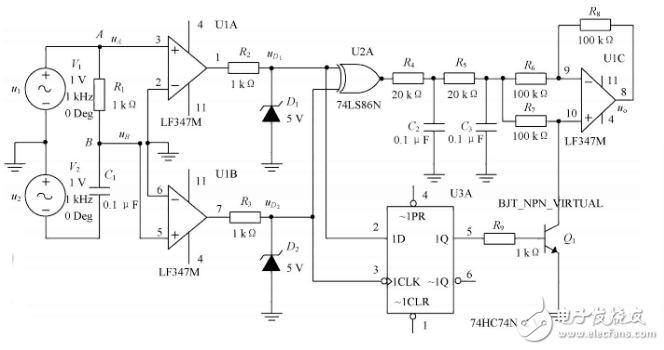
Figure 5 Phase sensitive detection simulation circuit
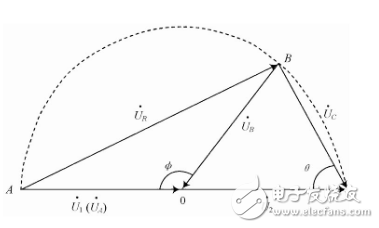
Figure 6 Phasor diagram
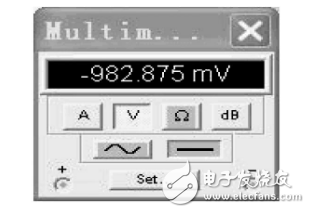
Figure 7 Figure 5 circuit simulation running output voltage
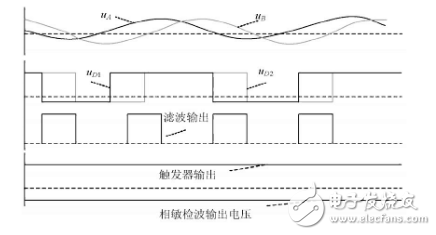
Figure 8 Phase sensitive detection circuit simulation running waveform
2. ConclusionEDA technology significantly reduces the design cycle of electronic circuits, improves efficiency, lowers risks, and enhances quality. It also provides an excellent platform for experimental work. Although simulation cannot fully replace hands-on experiments, it offers a fast, intuitive, cost-effective, and safe way to develop and test electronic projects. Tools like Multisim allow students and engineers to explore complex circuits efficiently and safely before building physical prototypes.
Shanghai Janetec Electric Co., Ltd. , https://www.janetecelectric.com
